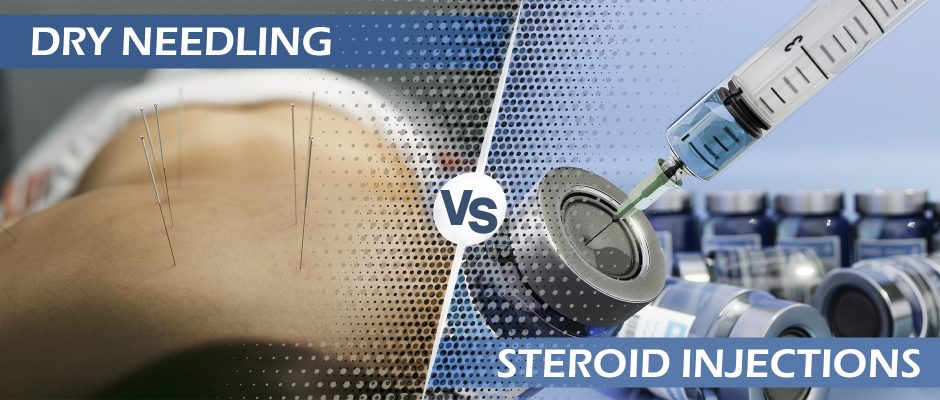October 21, 2025
 Dry needling is an evidence-based methodology for successfully treating plantar fasciitis. During the procedure, a filament-thin non-medicated (dry) needle is slowly advanced into and withdrawn from pain-generating trigger points in the plantar fascia. The needling procedure causes a twitch response in targeted trigger points that immediately relaxes tightly contracted myofascial fibers.
Dry needling is an evidence-based methodology for successfully treating plantar fasciitis. During the procedure, a filament-thin non-medicated (dry) needle is slowly advanced into and withdrawn from pain-generating trigger points in the plantar fascia. The needling procedure causes a twitch response in targeted trigger points that immediately relaxes tightly contracted myofascial fibers.
Since no drugs are involved in dry needling, there are virtually no harmful side effects when administered by a trained and experienced clinician. Guidance by ultrasonography ensures that the needles hit their mark, with minimal discomfort for the patient.
Glucocorticoids (aka corticosteroids) are a group of drugs that mimic the hormone cortisol, with properties that are anti-inflammatory, immunosuppressive, anti-proliferative, and vaso-constrictive. When injected into the plantar fascia, they can temporarily relieve pain and reduce inflammation by blocking the body’s natural immune response.
Rupture of the plantar fascia
Steroid injections can cause the plantar fascia to rupture, leading to a serious disruption of the foot’s intrinsic windlass mechanism that plays a key role in locomotion. A rupture can promote further inflammation and pain in the foot’s long arch and lateral mid foot, causing long-term reduced mobility.
Heel fat pad atrophy (shrinkage)
Steroid injections can cause the fat pad that cushions the heel to shrink, subjecting the plantar fascia to further stress and more pain.
Lateral plantar nerve injury
The lateral plantar nerve is an important motor nerve in the foot that innervates the intrinsic muscles on the sole of the foot. Damage from corticosteroids can seriously injure the nerve and disrupt intrinsic foot muscle function.
Calcaneal osteomyelitis
Steroid injections can cause damage to the heel bone via an inflammatory process involving the bone and its structures that can lead to infection.
Harm to the hypothalamic-pituitary-adrenal (HPA) axis
Corticosteroids can exert negative feedback effects on the HPA axis, suppressing the secretion of key adrenal hormones and leading to functional adrenal atrophy that affects the entire organism.
Suppression of the immune system
Corticosteroids target a wide variety of immune cells, including T-lymphocytes, macrophages, fibroblasts, neutrophils, eosinophils, and basophils, thereby suppressing the immune system and inhibiting the healing process.
In addition to ultrasound guided dry needling for plantar fasciitis, NYDNRehab provides several holistic treatment alternatives, such as ESWT and PRP injections, along with foot rehabilitation physical therapy. Our treatment approaches are minimally invasive and highly effective, with low risk for negative side effects.
Dr. Lev Kalika is a world-recognized expert in musculoskeletal medicine. with 20+ years of clinical experience in diagnostic musculoskeletal ultrasonography, rehabilitative sports medicine and conservative orthopedics. In addition to operating his clinical practice in Manhattan, he regularly publishes peer-reviewed research on ultrasound-guided therapies and procedures. He serves as a peer reviewer for Springer Nature.
Dr. Kalika is an esteemed member of multiple professional organizations, including: